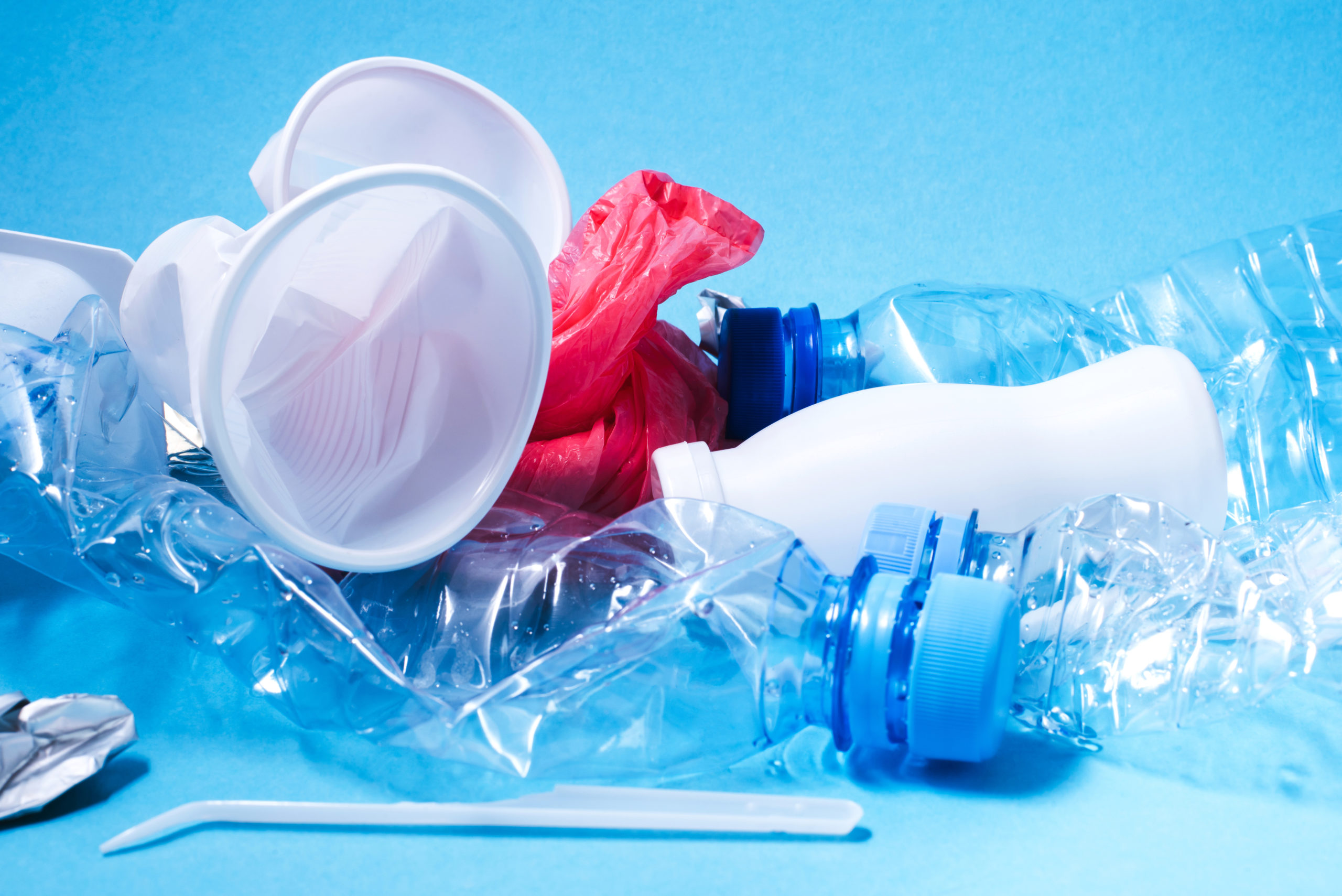“It’s not enough to have feasible technology for recycling. For a package to actually be recyclable, there has to be an infrastructure for recycling, and consumers need to know how they can participate. All this is of interest to material manufacturers as well as package designers and brand owners. And we all need to work on recyclability together,” says Emilia Moisio, Director of New Fibre Businesses at UPM.
According to Moisio, there should be easy and uniform ways for material and package designers as well as brand owners to test the recyclability of a package in the market it ends up in. She also wants to promote innovation and sharing of best practises concerning sorting and collection of waste. These are also among the goals of the cross-industry alliance, 4evergreen, which brings together members of the entire value chain of fibre-based packaging.
Design for recycling – labels included
4evergreen aims to increase the European recycling rate of fibre-based packaging from 84 percent to 90 percent by 2030. Working in the alliance’s steering group, Moisio is well aware of the challenges they face. Some of them are being tackled at UPM. Moisio mentions consumer education and design for recycling. A good example of the latter is seen at UPM Raflatac, the label business.
“Labels are an integral part of packaging and they are everywhere – in food products, beverages, logistics, retail, home and personal care. Therefore, it’s important that we match the label material and the properties of the adhesive to the packaging material to optimize recyclability. As packaging and recycling systems develop, we must constantly develop our products. Furthermore, we have developed recycling services to gather back label waste such as siliconized paper liners and convert them back into new products,” Moisio says.
Dealing with unsorted plastic waste
While recycling is increasing, users of recycled materials refine their requirements concerning quality. This change has been noted at Fortum Recycling & Waste, which handles all municipal plastic packaging waste sorted and collected in Finland.
“We discuss with customers and tailor our recycled plastic types and grades to suit their needs. This requires focus and expertise, as our raw material is what it is, waste, but there are still ways to improve its quality,” says Sami Salmijärvi, Head of Strategy, R&D and Marketing at Fortum Recycling & Waste.
Salmijärvi believes that sorting and collection of waste can still be vastly improved worldwide by motivating consumers and building infrastructure. He also thinks that design for recycling will gradually facilitate recycling of plastics. Will multilayer plastic films eventually disappear? Salmijärvi will not sit around and wait for the answer.
“There will always be unsorted, heterogenous plastic waste residue that cannot be separated and mechanically recycled. We need new solutions to handle the growing volumes of plastic waste and the growing need for recycling,” Salmijärvi points out.
According to Eurostat, the EU hovers around a recycling rate of 41 percent for plastic packaging year after year. The volume of recycling is certainly growing, but so is the volume of waste.
Waste incineration seen as recycling
Some expect chemical recycling to compensate the shortcomings of mechanical recycling by rendering plastic polymers into monomers and other chemicals, which can be separated. Salmijärvi doubts the profitability of chemical recycling in areas where volumes are moderate. He also believes there will still be residues.
Salmijärvi’s, and Fortum’s, vision is to incinerate the residue and combine the resulting carbon with hydrogen to create a wide variety of chemicals and materials based on hydrocarbons. This route requires efficient ways to capture and store carbon dioxide. It also requires the hydrogen economy to be up and running.
“We need a systemic change. We need innovations and investments in the whole value chain of recycling and energy production. To be able to profitably do all this, we need to be sure regulators see plastic waste incineration as molecular recycling which supports mechanical and chemical recycling,” Salmijärvi says. In his worst-case scenario waste incineration will be banned and plastic waste residue will be carted to landfills.
Expertise is needed from regulators
“To make recycling happen we need a simple and transparent system that convinces consumers to use it. Regulation can help harmonize sorting and collection, but we should be able to influence more than we do now, as huge investments are needed to make a systemic change in the value chain for all materials,” Moisio says.
Dealing with fibre-based products may sound easy in the EU where more and more bans are set on plastics. But is, for example, liquid packaging board with its plastic barrier recyclable? In Finland it is, even easily. But not everywhere.
Another twist comes from biobased plastics and chemicals replacing fossil-based ones. This is what UPM has recently invested in.
“A lot of expertise is needed from regulators to allow circular economy and bioeconomy to thrive,” Moisio states.
Author: Marianne Salin


